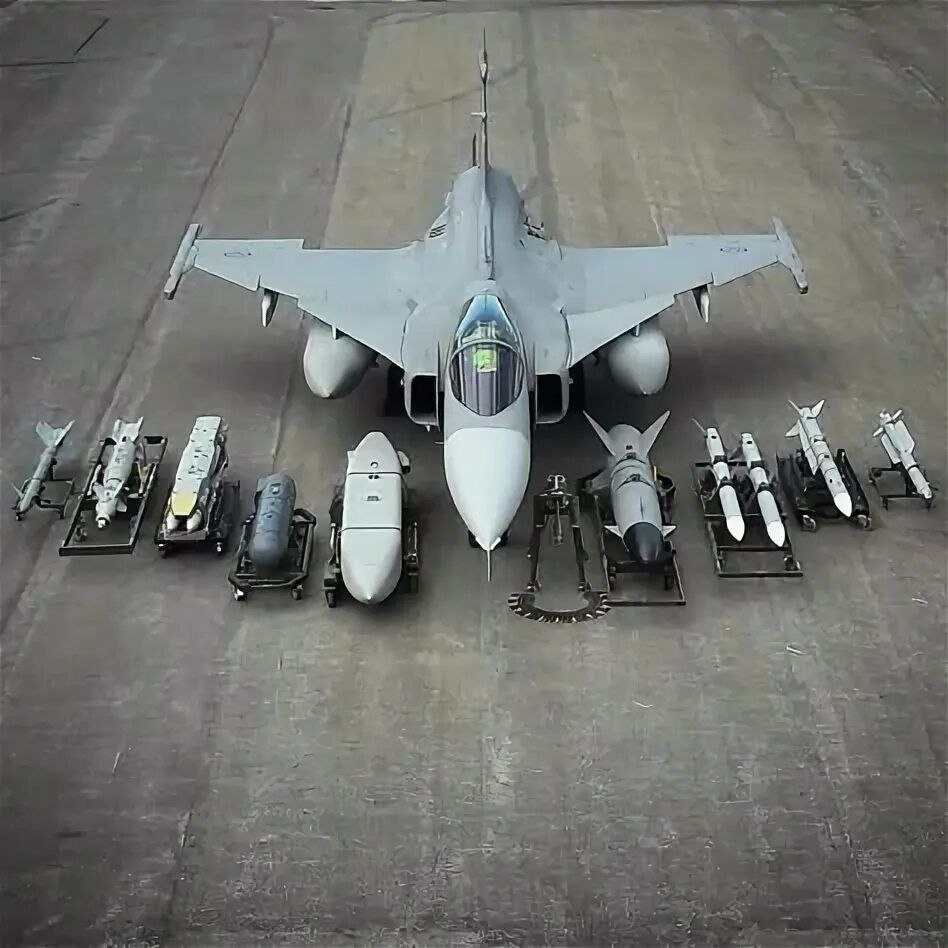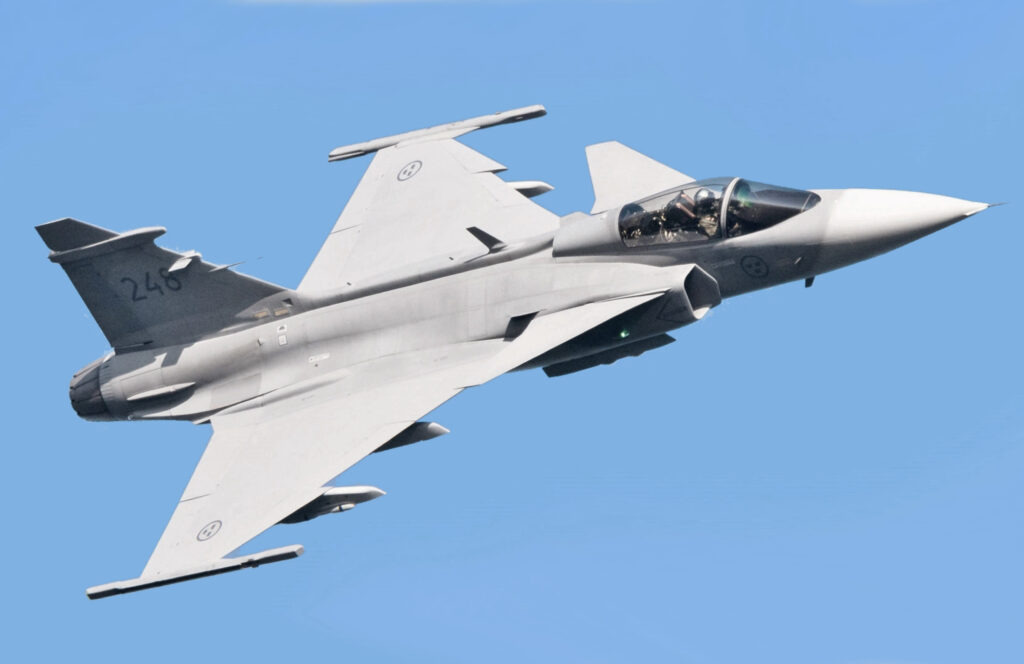Among the achievements Iranians can rightfully be proud of — and that proved effective — are the Iranian loitering anti-aircraft missiles of the “358” family (“Product 358”) and related systems. The missile is launched using a solid-fuel booster (even a simple improvised launcher can be used), and once the booster detaches, a small jet engine takes over for sustained flight. It’s equipped with a seeker head that independently searches for a target. Until a target is acquired, the missile can loiter in figure-eight patterns.
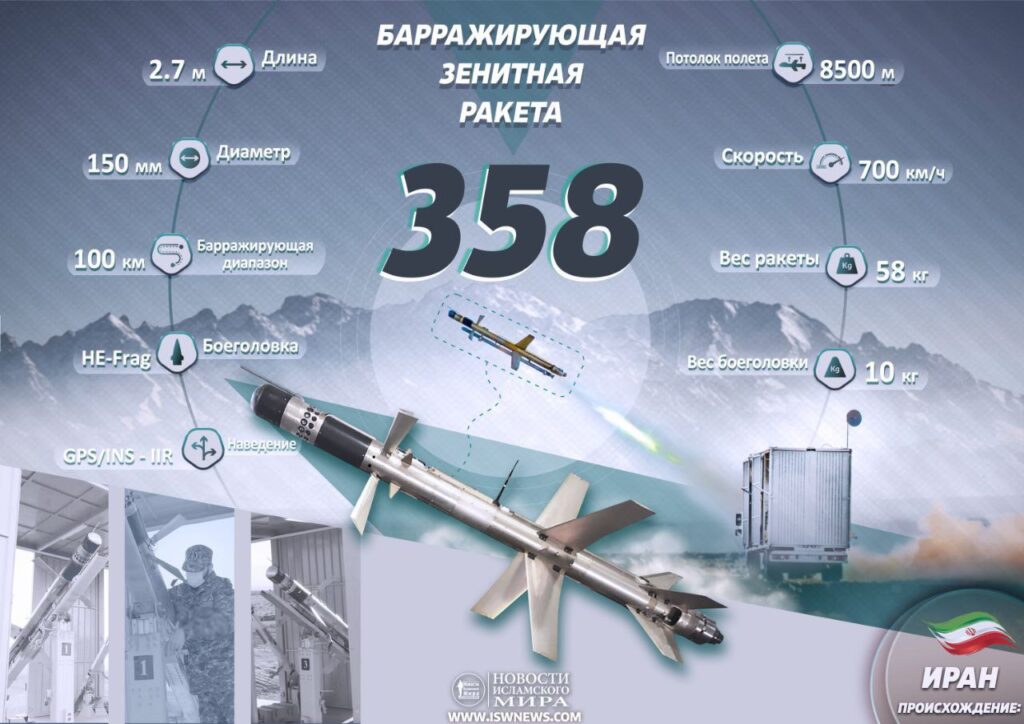
The trade-off is its relatively low subsonic speed, which makes it suitable for targeting slow-flying aerial threats such as helicopters and UAVs operating at subsonic speeds. The missile can function autonomously or be operator-controlled. This unique piece of weaponry was designed for guerrilla-style air defense, especially under conditions of enemy air superiority.
In the most recent conflict, as with “Hezbollah”, the Houthis, and Syrian Kurds, the “358” proved to be an effective tool for “mining” air corridors expected to be used by enemy aircraft. Thanks to its autonomy, it continued to perform even in fragmented air defense environments, allowing Iran to achieve successful hits on several medium and large Israeli UAVs: launch it into the sky for a free hunt, and then quickly move away.
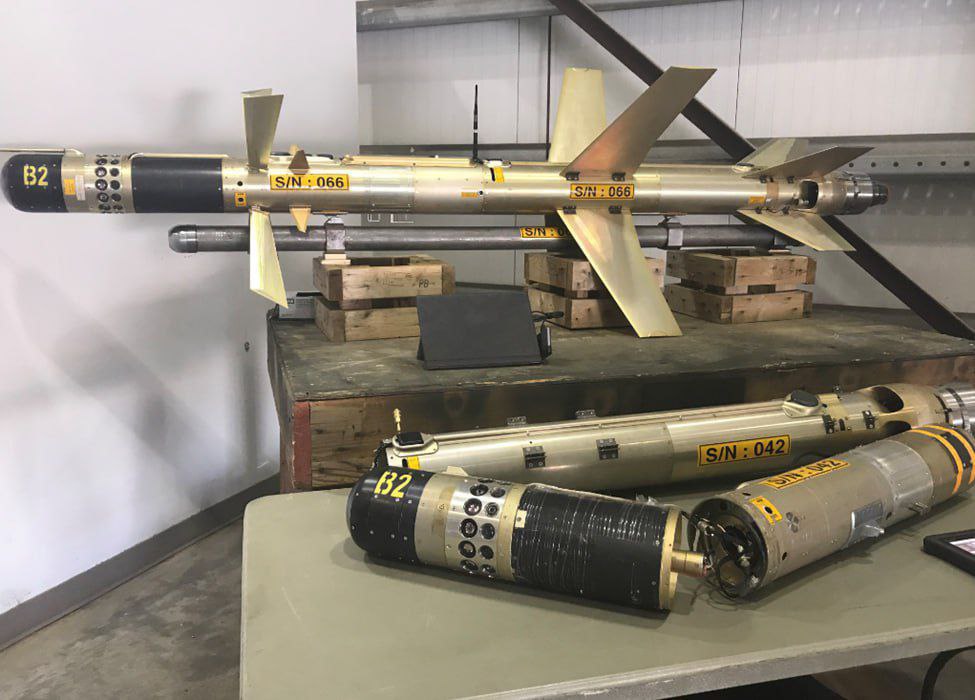
One particularly interesting fact: since the system operates autonomously, whether or not it has actually downed something often becomes clear only days later. The wreckage of UAVs taken down by the “358” continues to be found across various areas of western Iran.

A valuable lesson — and something similar would certainly benefit our own forces, especially for defending against slow, bulky kamikaze drones over certain parts of the country. These could be launched right before enemy drones are expected to enter an operational area.
Majid surface-to-air missile system
In addition to the well-performing “358” air defense systems, another Iranian air defense system proved effective and lived up to developers’ expectations — the Majid surface-to-air missile system, known in Iranian export catalogs as AD-08.
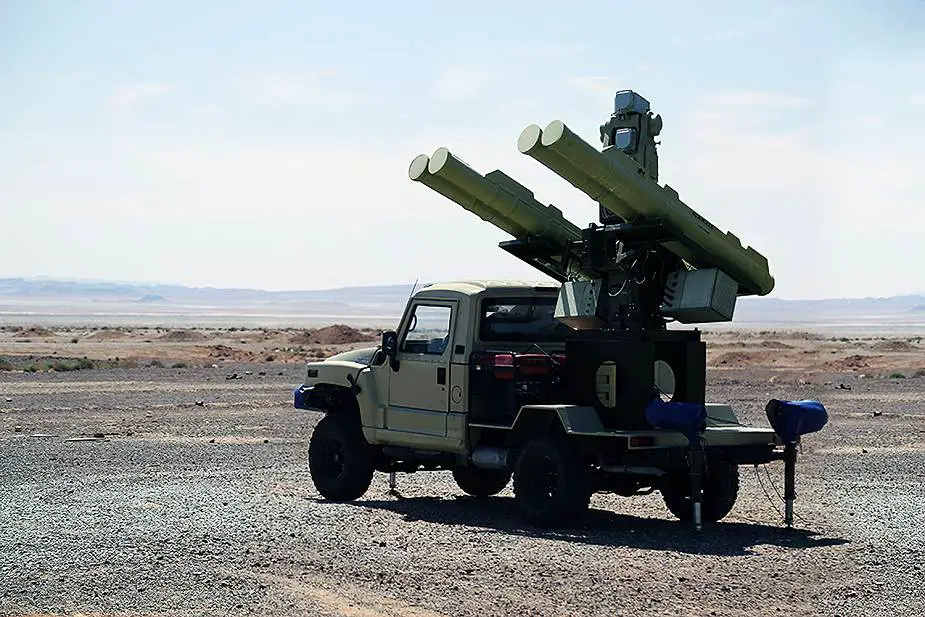
In fact, most Iranian videos showing confirmed hits on aerial targets with ground-based tracking are the result of AD-08 operations. One of the main advantages of this SAM system is that it wasn’t developed 20–50 years ago. It was designed from the outset as a system that completely lacks radar-based detection and tracking — not just as a secondary feature, but entirely. This makes it impossible to detect or locate it through radar emissions. Another major advantage is its compact size, which allows for excellent concealment during transport and deployment. The system relies on passive detection and uses an electro-optical sensor suite capable of detecting targets up to 15 km away. Its engagement range is from 0.7 to 8 km, with an altitude coverage of 20 meters to 6 km. The missile’s warhead weighs 14 kg. The Majid system has been in mass production for Iranian armed forces since 2023.

The only drawback, like any short-range air defense system, is the limited coverage area. Given Iran’s vast territory, establishing continuous air defense coverage is not feasible.

